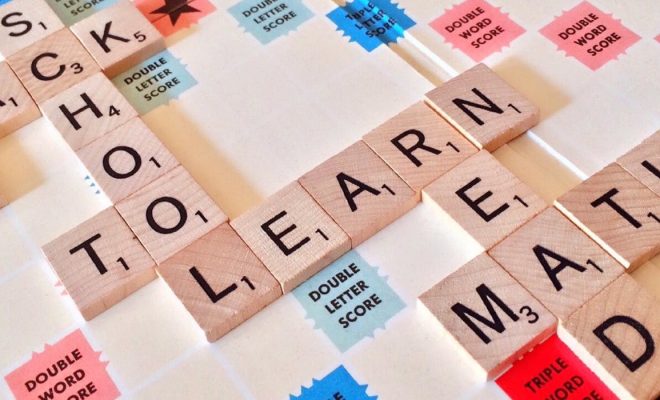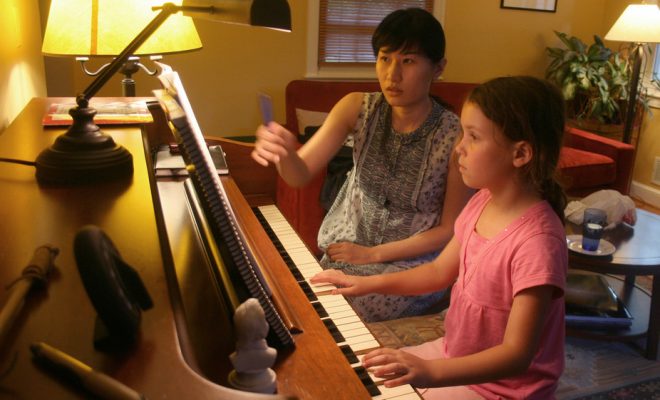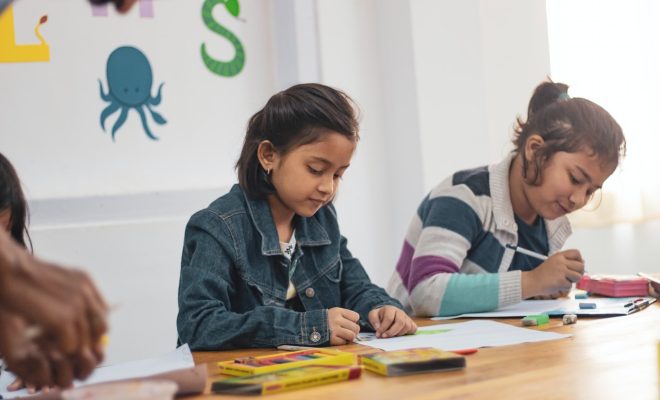What Responsibilities Do Principals Have in the Cafeteria?

A principal wears all the hats in the school—provides direction for teachers, students, and staff; assesses curricula; monitor student achievement; evaluates teaching methods; revise policies and standards; connects with parents; oversees the budget…and the list goes on. The responsibilities are never-ending. But, perhaps the most critical task is to relate to the students, and the cafeteria is just the place to do that.
Greet the Students
Saying hello to the students as they come and go from lunch is a wonderful way to build relationships with them. Share a high five, compliment an outfit, ask about an ailing grandmother—these are the conversations that make the principal seem human and relatable to students. A study from the Indiana University of Pennsylvania concluded that The best administrators spend an intense amount of time developing, improving, and investing in relationships. Positive relationships are the heart of what makes a school extraordinary.
Ask Questions
The best principals ask lots of questions and talk as little as possible. And they remember the answers. Take the time to ask students how they are doing, what is concerning them, and how you can help? Even if you try to focus on only 4-5 students per lunch period, be a listener to them.
Talk to the kids who are sitting alone, and listen well to them. Feeling heard is a powerful motivator for everyone, but especially for students.
Actually Eat with a Group Every Day
Sit down and eat with a group of students every day. Experience the food, talk about how it tastes, laugh together over the food that is actually yukky tasting. Discuss good nutrition with them and how it affects the mind and body. Show thankfulness that there is healthy food to eat when others don’t have that. Model appreciation of the little things that make a day good.
Demonstrate Resilience
Students look to adults to see how to deal with stress and setbacks. Model a spirit of positivity and hope to the students. Young people today are dealing with many feelings and circumstances that can be discouraging, and the positive attitude of a leader can help them choose to approach their situations the same way.
Recognize Teachers and Students Regularly
Recognizing the great things your teachers and students do is a special motivator. This breeds comradery among the entire group when they hear you praising the people who contribute to the success of the school.
Facilitate a Climate of Support
The best principals foster a climate of support for both students and teachers. Be willing to change when necessary and wise. Remember that everyone in the school is human and will make mistakes, including you. Implement suggestions from students whenever you can; this shows them that their voices count in the context of school.
There is no doubt that the job of the school principal is complex and demanding, but creating a culture of caring and interest for your students should be high on the priority list—they are the biggest consumers of your brand of leadership. And the cafeteria is just the place to start.






